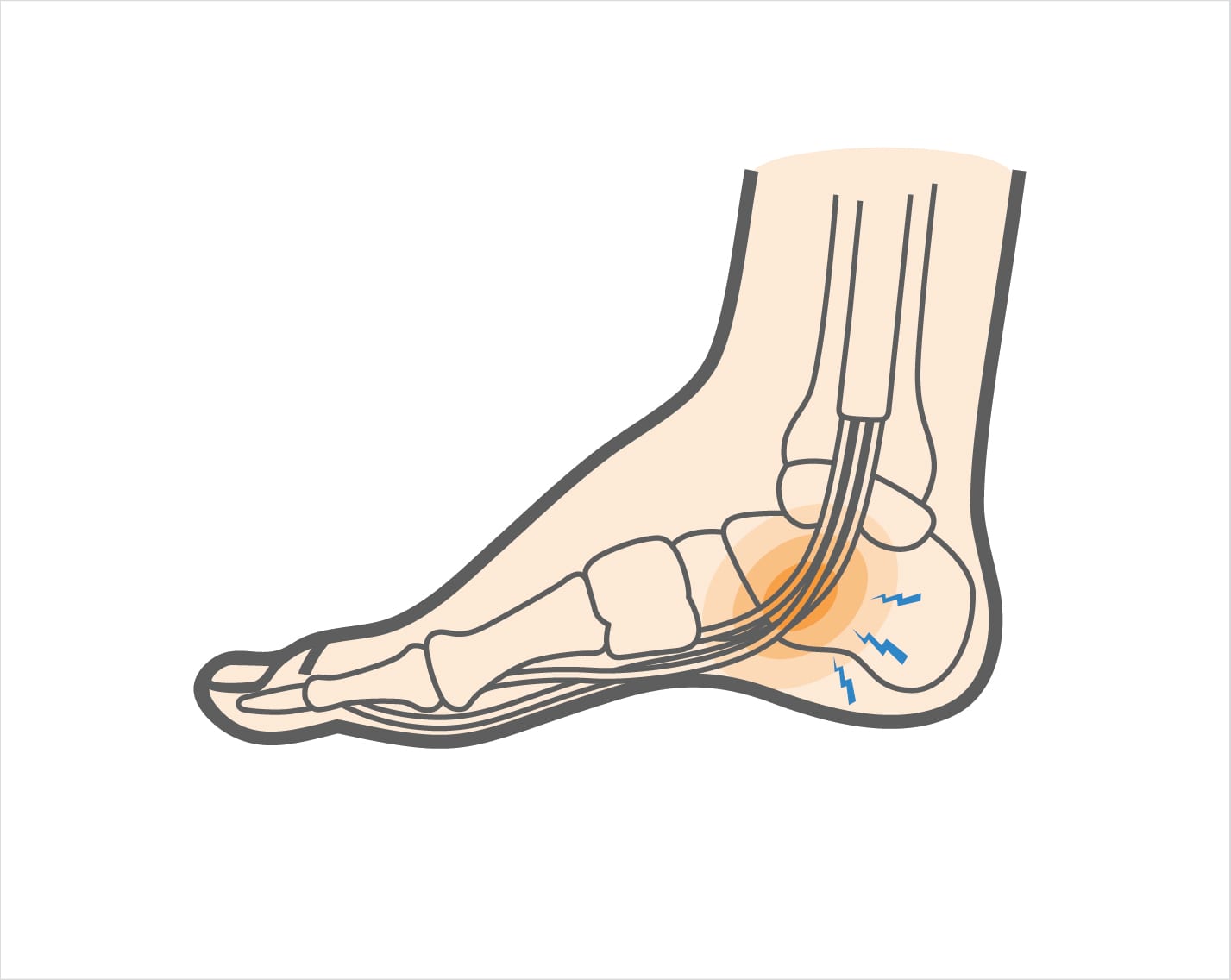Tendons are strong, fibrous cords that connect muscles with bones. The flexor hallucis longus (FHL) tendon extends from the calf muscle, past the side of the ankle, and all the way to the big toe. This tendon helps you flex your big toe and stand on the tips of your toes. Overuse of this tendon can cause inflammation, called tendonitis, also referred to as flexor hallucis longus tendonitis or FHL tendon inflammation.
FHL tendonitis is relatively uncommon. However, dancers and other active people who do a lot of pushing off are at greater risk for this injury, a condition sometimes nicknamed dancer’s tendonitis due to its prevalence among ballet dancers.


